|
Accompanying Persons Programme
Accompanying
Persons Tours
Day
1 : 11
September, 2017
afternoon
Circular
ride through Prague by historical tram with sightseeing of
significant
Prague monuments.
www.visitpraha.cz/en
Both historical events and the artistic efforts of
preceding generations have left traces that have formed modern
Prague. The majestic Prague Castle
with St.
Vitus’s Cathedral towering
above the town has been the main iconic location and the seat of
Czech rulers from pre-Christian times to today. Here you will find
fascinating Lesser Town and
rich Old Town Gothic
houses with Romanesque cellars – often concealed behind Baroque
facades – and proud palaces with gardens which are complemented
by monumental churches that have preserved numerous spiritual and
artistic treasures of the past. The town, situated on both sides of
the river, was connected by the “Judith” Stone Bridge in
the 11th century – its successor, the Charles
Bridge, dates back to the middle of the
14th century. The ingenious layout of the New
Town by Charles IV (1348) extended
the contours of the centre to include areas that had only been
sparsely and chaotically settled up to that time. The town was thus
connected to the mythical Vyšehrad –
a city stronghold that was in active use from the 11th to the 19th
century. The medieval plan of the New Town was perfectly satisfactory
for living until the second half of the 20 th century when Prague was
becoming cramped with increased transportation needs. But the town
had been spreading beyond the medieval fortifications since the 18th
century. This is where Classicism and the 19th
century meet modern architecture.
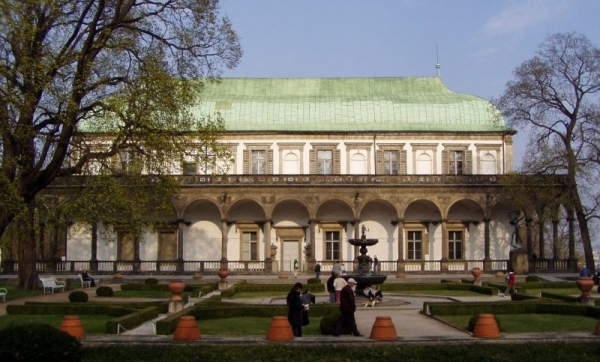
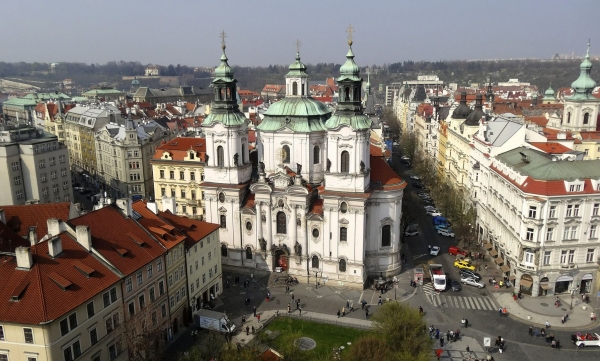
Belveder
St.
Nicolas Church
Welcome
Reception
Day
2 :
12 September, 2017
1st
variant: Zbiroh
Chateau, Lunch at the Chateau, Koněpruské Caves www.zbiroh.com/en
The Romanesque-Gothic castle
Zbiroh emerges at the end of the 12th
century as the oldest Czech aristocratic residence in Czech. The
original part of the castle still dominates the oldest freestanding
watchtower on our territory, hidden there is the deepest well in
Europe and as a pearl of the castle part is here one of the oldest
chapels in the country. Today’s form of grandeurs renaissance
chateau Zbiroh gains at the very end of the 16th century, in the
possession of Emperor Rudolf II. Habsburg.
Chateau
and its scenic surroundings were in the past popular in the community
of many prominent personalities. One of the most remarkable ones is
undoubtedly Alfons Mucha,
who lived at the castle for nearly 20 years and created here the
entire Slav Epic.
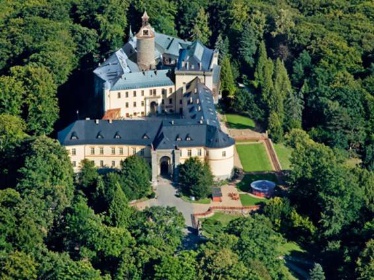
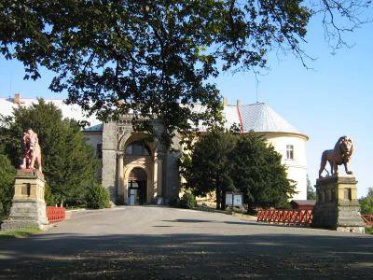
Koněprusy
caves
www.jeskynecr.cz
Koněprusy
Caves (in
Czech: Koněpruské
jeskyně)
is a cave
system in
the heart of the limestone region
known as Bohemian
Karst, Czech
Republic. It is located southwest of Prague,
6 kilometres (3.7 mi) south of Beroun in
the Central
Bohemian Region. With the length of 2 km (1.2 mi) and
vertical range of 70 m (230 ft), it is the largest cave
system in Bohemia.
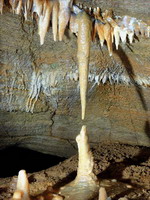
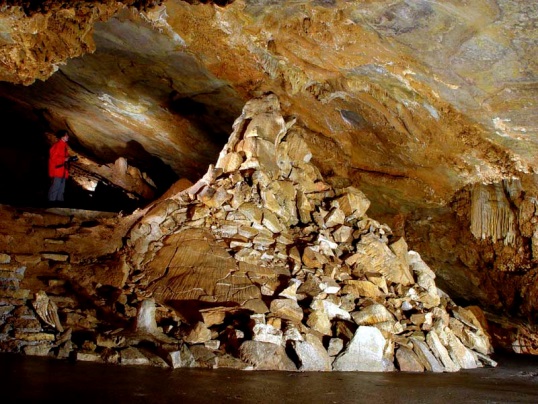
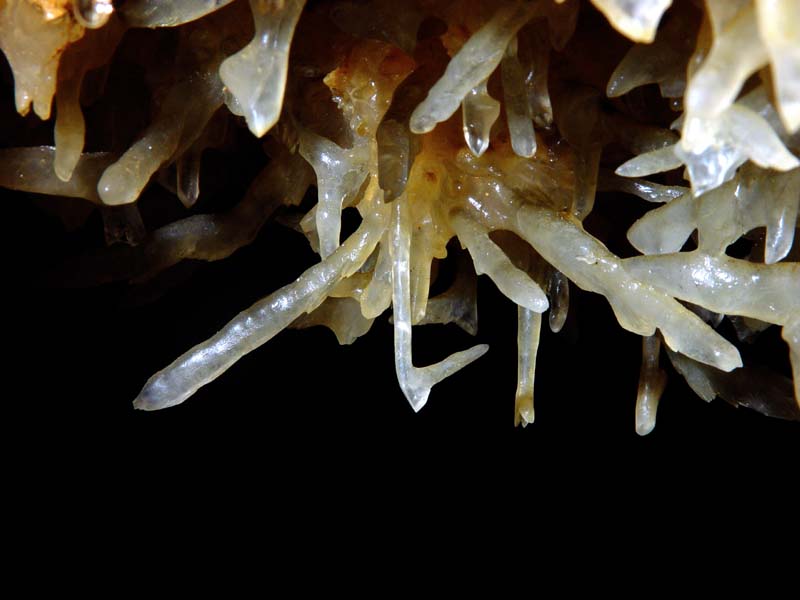
2nd
variant: The
historic town of Kutná Hora
www.czechinspiration.cz/kutna-hora www.myczechrepublic.com
A
Brief History of Kutná Hora: Kutná
Hora was settled as early as the 10th century but its development
into a proper town dates back to the 13th century when silver was
discovered in the area. Silver mining brought great wealth to the
town. The royal mint was established in 1300 and Kutná Hora started
producing the
Prague groschen coins,
thus becoming the second most important town in the Kingdom of
Bohemia. Lots of building took place in the 14th century, including
residential houses, churches, one of the country's most significant
monasteries, and the majestic Church of St. Barbara.
Several
fires damaged or destroyed many of Kutná Hora's buildings including
the Sedlec
Monastery
during the Hussite wars in the 15th century. The town was quickly
rebuilt thanks to its continuing income from silver mining. When the
silver mines were depleted in the 16th century, Kutná Hora's wealth
took a sharp decline as did the growth of the town. Many of its
churches were later closed down or torn down in conjunction with
emperor Joseph II's religious reform in the late 18th century. Kutná
Hora's architecture is defined by these events.
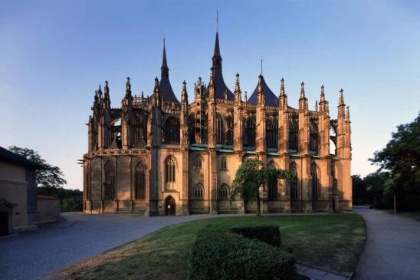
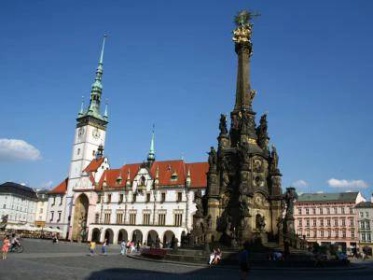
Day
3 :
13 September, 2017,
Technical/Cultural
Tours
Technical
Tour:
Visit
the Old WastewaterTreatment Plant in Bubeneč
The Old Waste Water Treatment Plant
in Prague - Bubenec is an important document of the history of
architecture, technology and water management. It was built between
1901 and 1906 as the last article of the systematic sewer network in
Prague. Most of Prague's waste water was used to clean up until 1967,
when a Central Wastewater Treatment Plant was put into operation near
the Imperial Island. The sewer project and the design of the
technical parameters of the sewage plant were developed by William
Heerlein Lindley, a civil engineer of British descent.
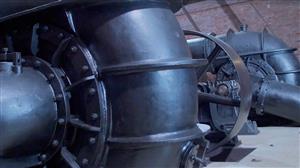
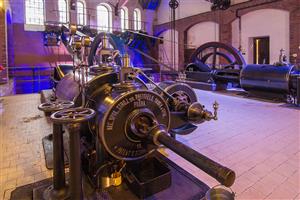
Cultural
Tour: Kuks
Chateau
and Hospital
www.hospital-kuks.cz/en
The Chateau
Kuks with medieval Hospital was founded by Count František Antonín
Špork at the beginning of the 18th century as a resting place for the
retired soldiers, whom the order of merciful brethren cared for. It
is an important Baroque monument, whose appearance was attended by
artists of the world format: mainly architect Giovanni Batista
Alliprandi and sculptor Matyas Bernard Braun. The Kuks Hospital is
renowned for its monumental Church of the Holy Trinity, a cycle of
wall paintings of the Dance Dance, allegories of Virtues and Vices,
and one of the oldest pharmacies - U Pomegranate.
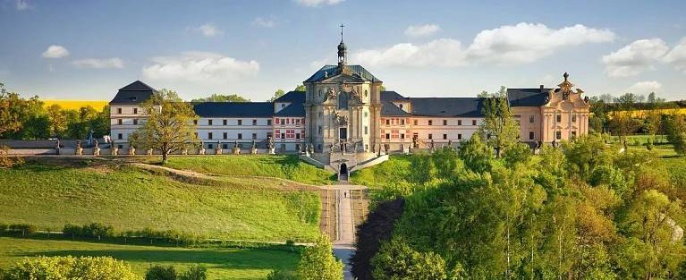
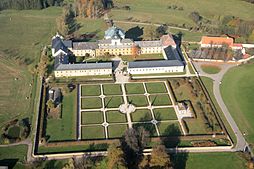
Day
4 :
14 September, 2017
Museum
of the Capital City of Prague – Exhibition Praha Charles IV
www.en.muzeumprahy.cz
Prague of Charles IV
- A Grandiose Building Site in Europe, in House at the Golden Ring.
This unique house with
surviving fragments of Late Gothic mural paintings has been run by
the City of Prague Museum since the spring of 2016. On 13 December
2016, the museum launched a permanent exhibition Prague of Charles IV
– A Grandiose Building Site in Europe as part of the
celebrations of the 700th anniversary of the birth of Charles IV. The
exhibition focuses on urbanism of Prague and its changes during the
14th century, accentuating the rule of Charles IV and the House of
Luxembourg.
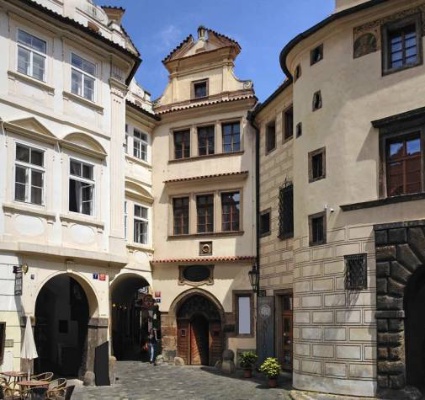
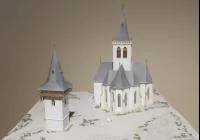
Symposium
Dinner
|